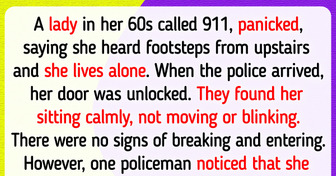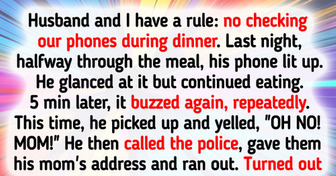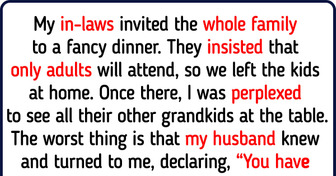12 Real Stories Shrouded in Eerie Mystery

A plane with no identification marks is approaching the coast of Indonesia. It’s not the most peaceful of times, and the flight operator is alarmed. Two fighter jets take to the sky, about to take down the unidentified plane. It’s all about to end in a disaster, when the fighters notice one strange detail...
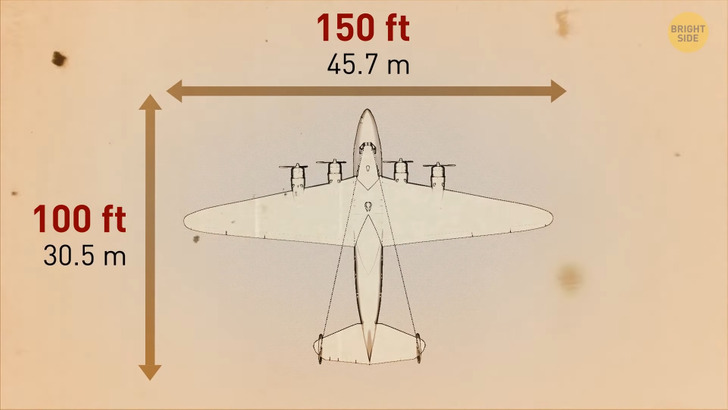
December 1, 1941. Captain of a Boeing 314, Robert Ford, and his team are preparing for one of the longest flights on one of the biggest planes in the world. The Boeing 314 Clipper California is a high-capacity seaplane. It has no landing gear, so it can only land on water. Its length is 100 feet, and its wingspan is 150 ft. This is more than a 6-story building.
And on board this plane, there is a restaurant, resting areas, and even a room with a bed. Despite its size, the Clipper California can stay in the air for more than 18 hours. Captain Ford doesn’t suspect what is awaiting him ahead. He gets on the plane. Their flight is bound from San Francisco to Auckland, New Zealand. The first stop is Los Angeles. There’s no problem with this. The next stop is Pearl Harbor. The flight is going fine.
December 7, 1941. It’s been three days since the plane left Pearl Harbor. The last final step of the journey remains — flight to New Zealand. At this moment, Captain Ford receives an order to return the plane to the nearest allied base. The way back is closed, so the plane continues to fly to Auckland. The Clipper lands safely at the Auckland airport and receives an order that seems impossible. Robert Ford and his team must paint over all the registration and identification marks on the plane and deliver it to LaGuardia, New York, then, fly across the world. This is an uncharted route with a length of 23,000 miles.
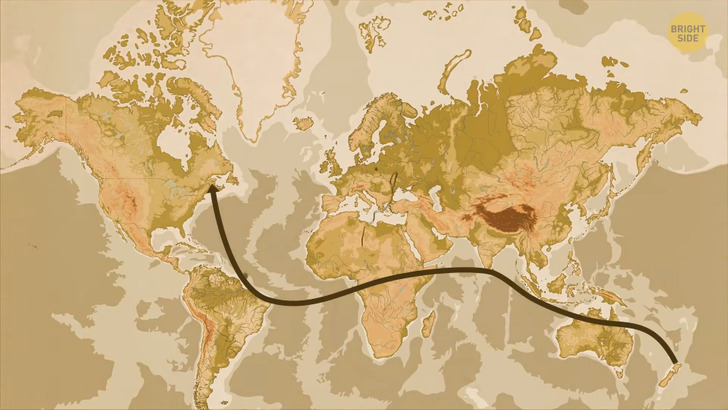
In the entire history of aviation at that time, no one had flown such a distance. The team doesn’t have maps or modern navigation devices. They don’t know the lands they will fly over. They don’t know who they may meet on their way and at which airports they will land. They must maintain and repair the plane themselves, extract fuel, and plot the route.
At the same time, they have almost no money. Immediately after receiving the order, the team goes to the Auckland Library. They study all the atlases and maps to create a detailed flight plan. First, they need to get to Australia, then fly to Africa along the coast of Asia. And then, they should go to the US. The crew painted over all the signs on the plane and prepared for takeoff. Fortunately, before the start, one banker finds out about their situation and gives them $500.
The plane takes off. The team didn’t notice they forgot to paint over the American flag. In a few days, it will save their lives. Before Australia, they fly to New Caledonia to evacuate a group of people from there and deliver them to Australia. The operation is successful. In Australia, the team needs to refuel the plane. They don’t find special transport for Clipper services at that airport, so the crew themselves transport 800 cans of gasoline! And here’s an important detail. The Boeing 314 doesn’t use conventional fuel. It needs to be filled with special high-octane aviation gasoline.
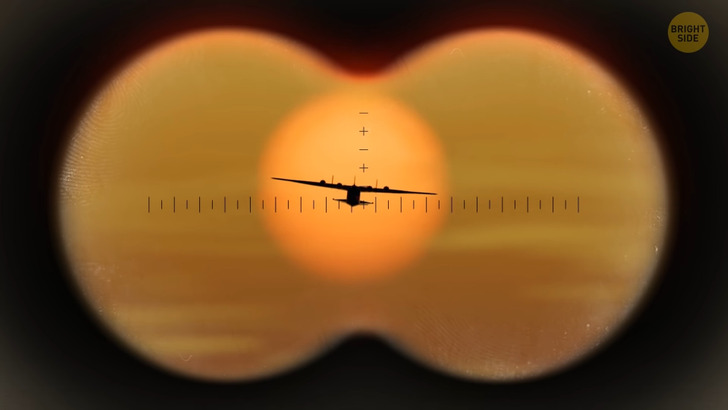
Early in the morning, the Clipper takes off and heads to Indonesia. The flight is going fine, they are approaching the airport. Meanwhile, the captain of the base where the Clipper is supposed to land notices an unidentified plane. He doesn’t know who’s flying it and from where. No one warned him about it. It may be an enemy plane.
Two fighter jets take to the sky. They are approaching the Clipper and don’t see any identification marks on its body. The pilots are about to attack, but at that moment, they notice an American flag. If Robert Ford hadn’t forgotten to paint it over, then everything would have ended badly for him and his crew. The fighters allow landing. The Clipper lands on the water. A boat floats towards it to meet the plane’s crew, but stops.
It turns out the plane landed in a place filled with sea mines, so the boat doesn’t dare to sail there. The Clipper approaches the port and miraculously avoids contact with mines. Robert Ford and the crew of the plane are well met. They are going to quickly rest and hit the road, but then, a big problem surfaces. The plane is running out of fuel, and at the naval base, there is only ordinary automobile gas. Nobody knows if the plane engine is going to go with it. It may burn out or stop working altogether. But there’s no choice.
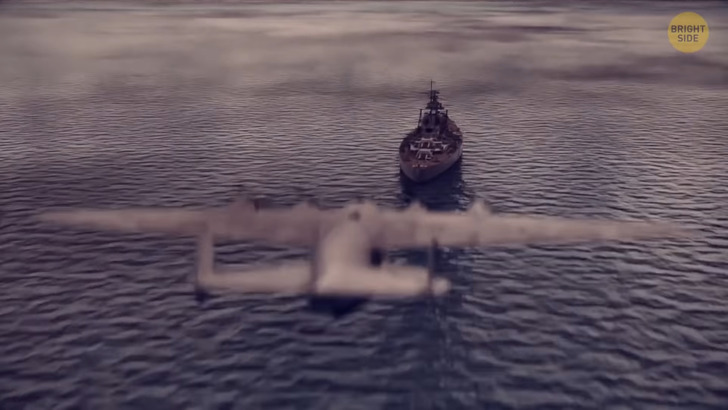
They fill the tanks with ordinary fuel. The captain decides to take off using the remnants of aviation fuel, and during the flight, they switch to tanks with ordinary gasoline. When this happens, the plane’s engine begins to clap and rattle. But, after a while, it calms down. The flight continues. For 19 hours, they fly on dangerous fuel.
Their next stop is Ceylon. The sky is covered with clouds. The pilot doesn’t see the coast and the airport, so he decides to lower the plane below the clouds. They fly at an altitude of 300 feet above the surface of the sea and notice a huge whale ahead. The plane flies closer and... it turns out it’s not a whale. It’s an enemy ship. The Clipper begins to gain altitude to hide back into the clouds. Finally, they are again surrounded by a white veil. The booms and blasts are heard behind and below the plane.
The Clipper’s flying with zero visibility for 60 minutes. Finally, the clouds are clearing, and they see the port of Ceylon. The team makes a short stopover and proceeds with its journey. As soon as the plane takes off, one of the engines explodes. Fortunately, they didn’t have time to fly far from the port, so they successfully landed the plane on the water and repaired the engine.
The Clipper continues its mission. Now, Robert Ford’s team flies mainly over land. This is very risky, since the aircraft doesn’t have landing gear and it can’t safely land on solid ground. Finally, they get to the Congo. The team has a great time here, gains strength, rests, and, most importantly — gets high-octane aviation gasoline. Things are going great, but there’s another ordeal ahead.
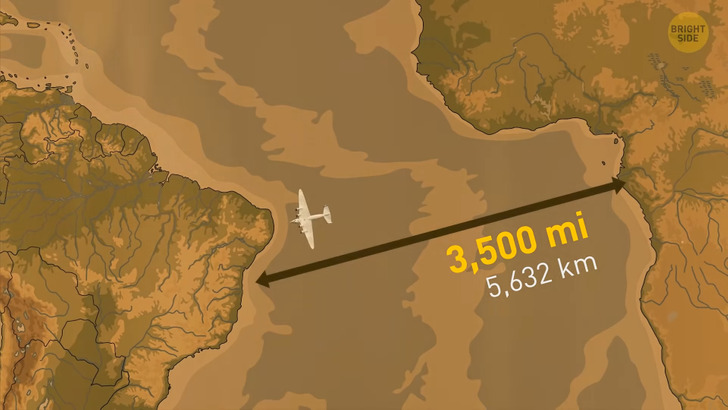
Now, the aviators will have to make the longest flight in their journey. Their next stop is a port town in Brazil. And the distance to it is 3,500 miles across the ocean. The maximum flight distance of the Boeing is 3,700 miles. Any deviation from the course or a strong headwind can easily prevent the aircraft from reaching the port. Worried, the crew refills the tank and loads additional fuel into the plane. They leave the Congo, taking off along the narrow river.
At this moment, the pilot notices the river ends a few miles away with a waterfall. The plane must urgently gain altitude, but it can’t. The large amount of additional fuel bears the Clipper down. The waterfall is getting closer. In the last seconds, the plane manages to rise to the desired height. But even after the waterfall, Boeing still doesn’t get high enough. It hovers right above the rocky coastal cliffs. A slight inclination can lead to a crash.
Fortunately, they manage to pass unharmed. The plane rises to the perfect height. During the flight from the Congo to Brazil, the crew broke a new record. It’s 23 hours and 35 minutes in the air! The tired crew makes a long-awaited landing in the City of Natal. However, the rest doesn’t last long. 2 hours later, they take to the air and head to the next stop — an airbase in Panama.
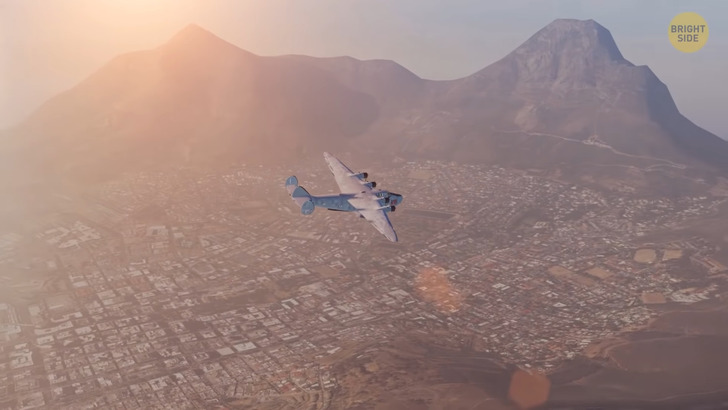
January 6, 1942, 5:54 am. The already legendary Boeing 314 is approaching LaGuardia, New York. The team can’t wait to finish their journey. They contact the dispatch, and... he tells them they can land the plane only after 7 am, since the air terminal starts working at this time. For an hour, Robert Ford and his crew are circling in the air. It was probably the longest hour of their lives.
Finally, the mission is complete. The Boeing 314 becomes the first passenger plane to make an almost round-the-world trip. This long flight lasted more than a month. This plane spent 209 hours or 8 days in the air. During this time, it covered more than 30,000 miles and made 18 landings.

